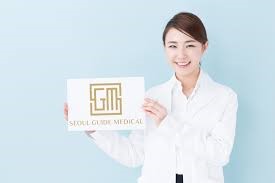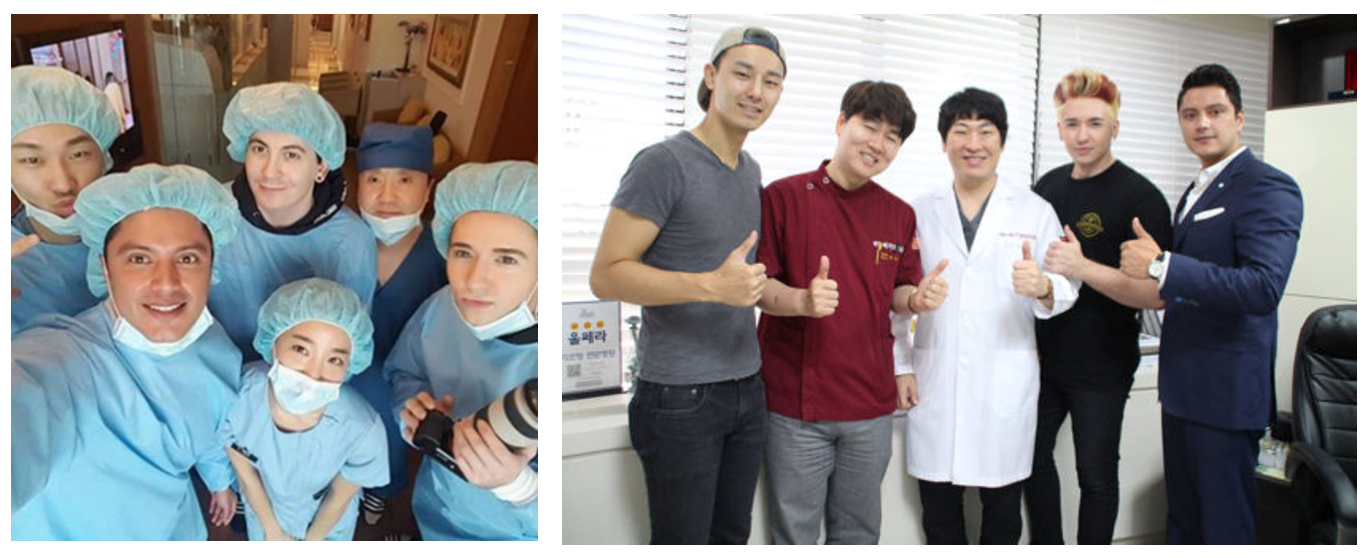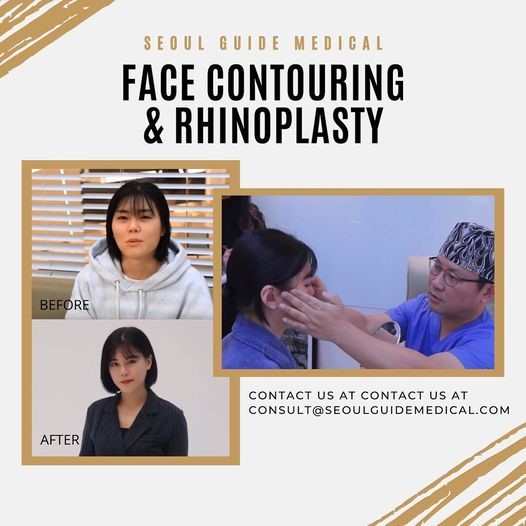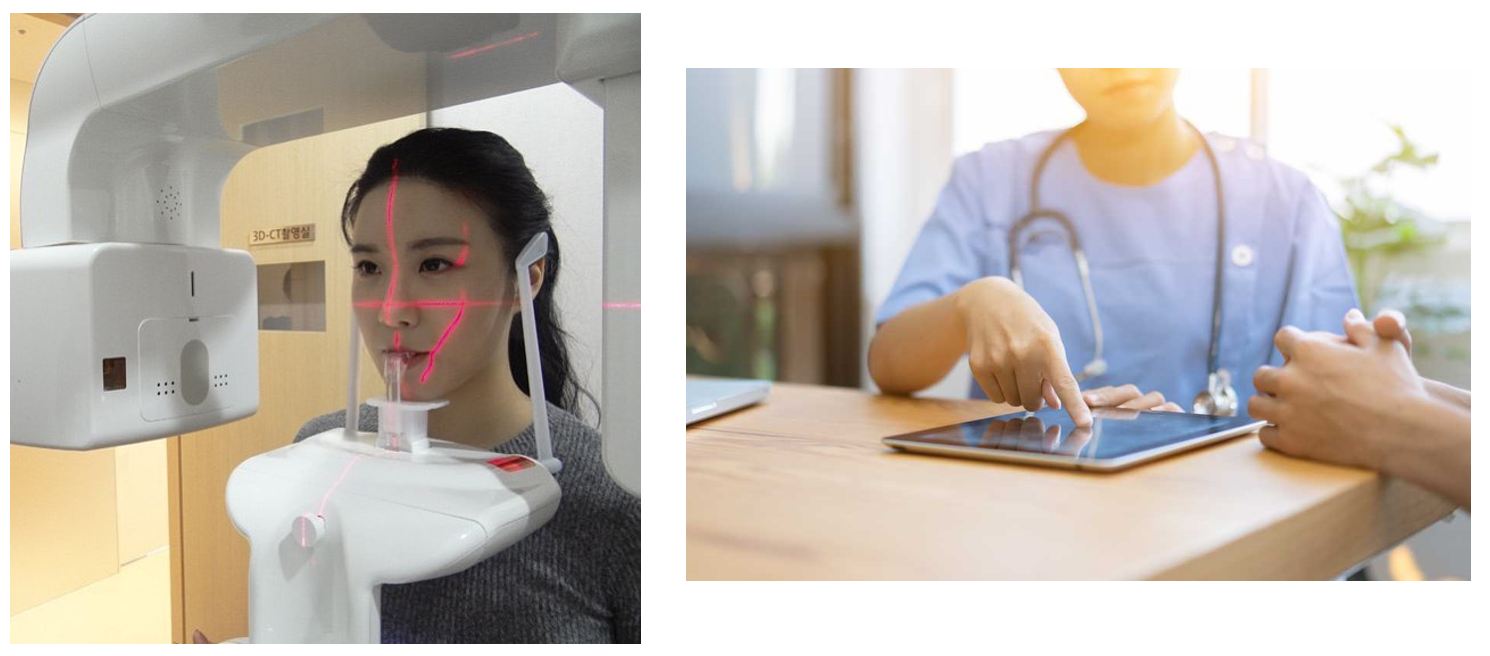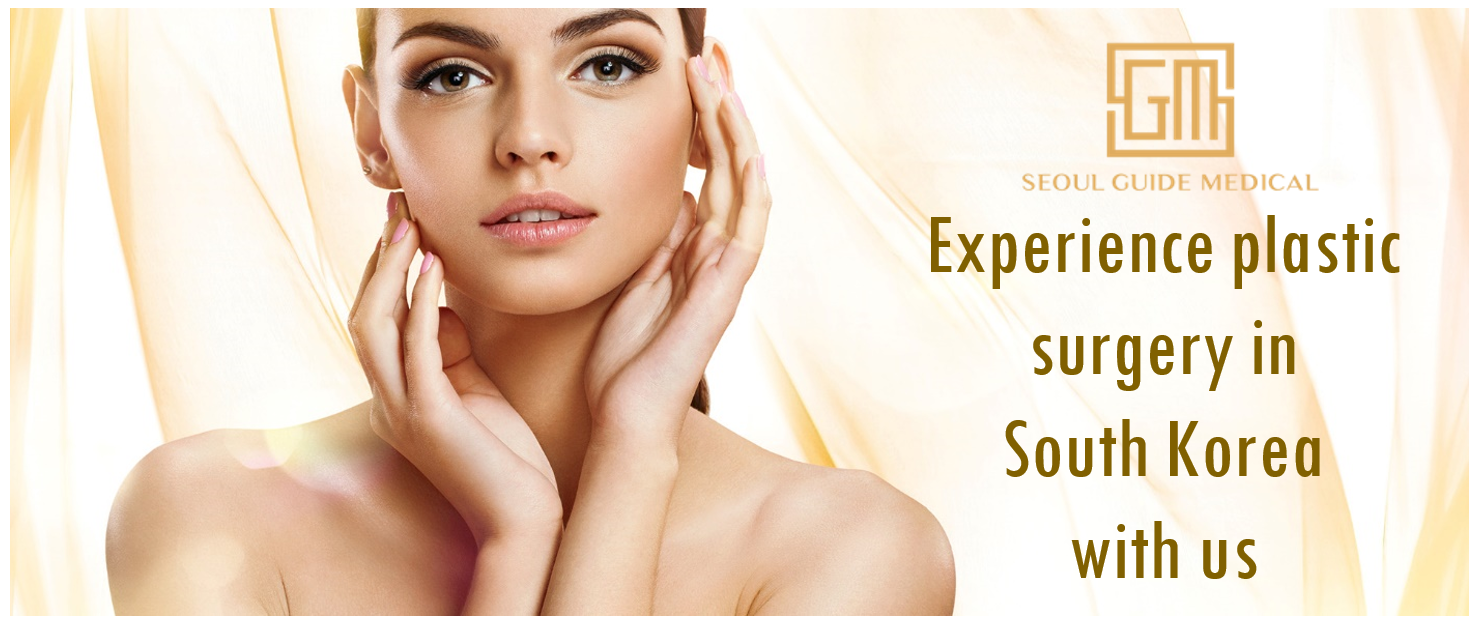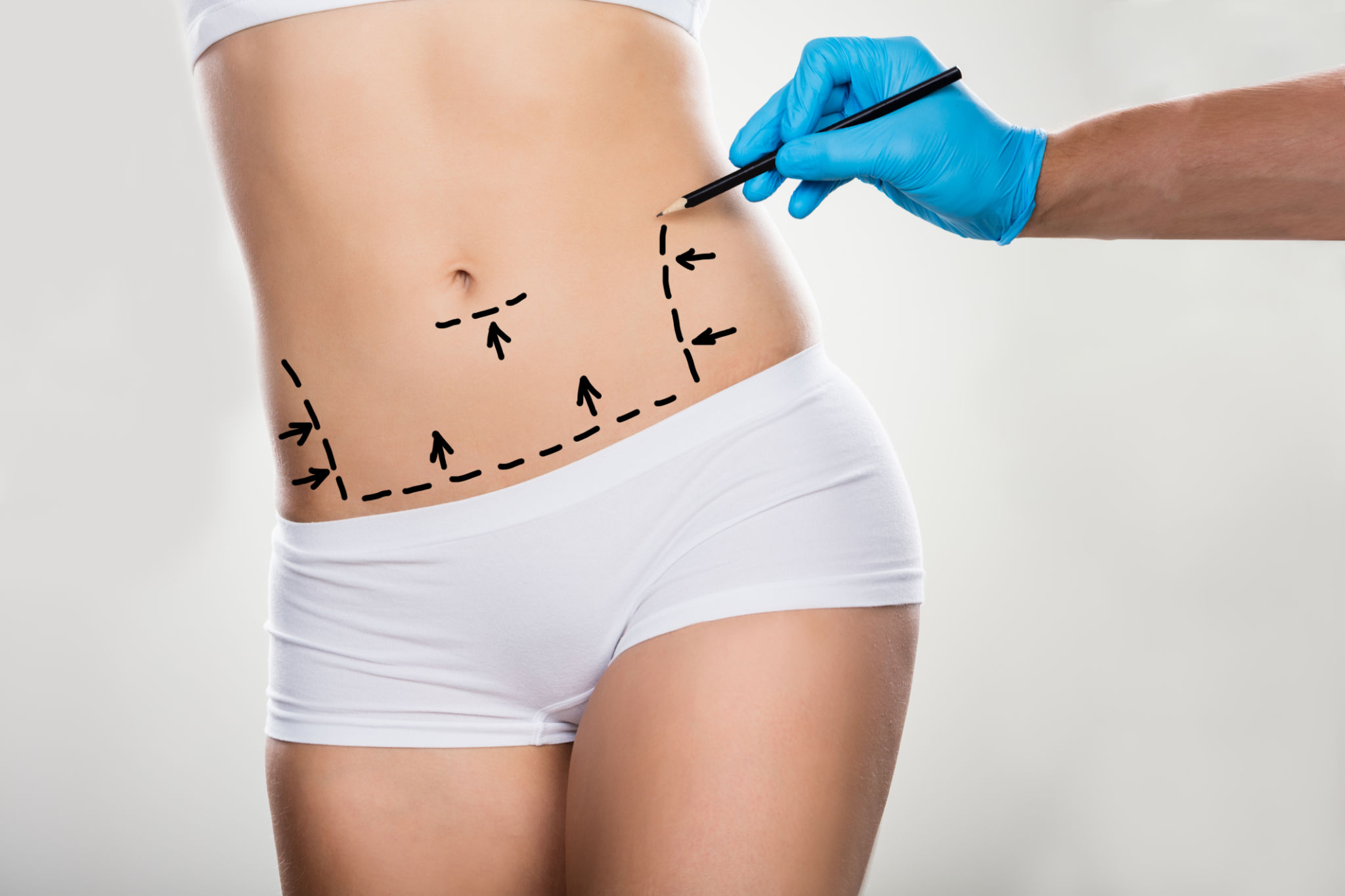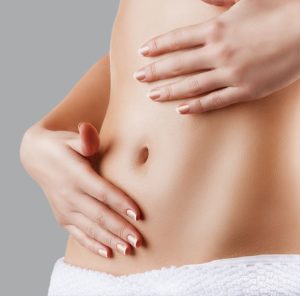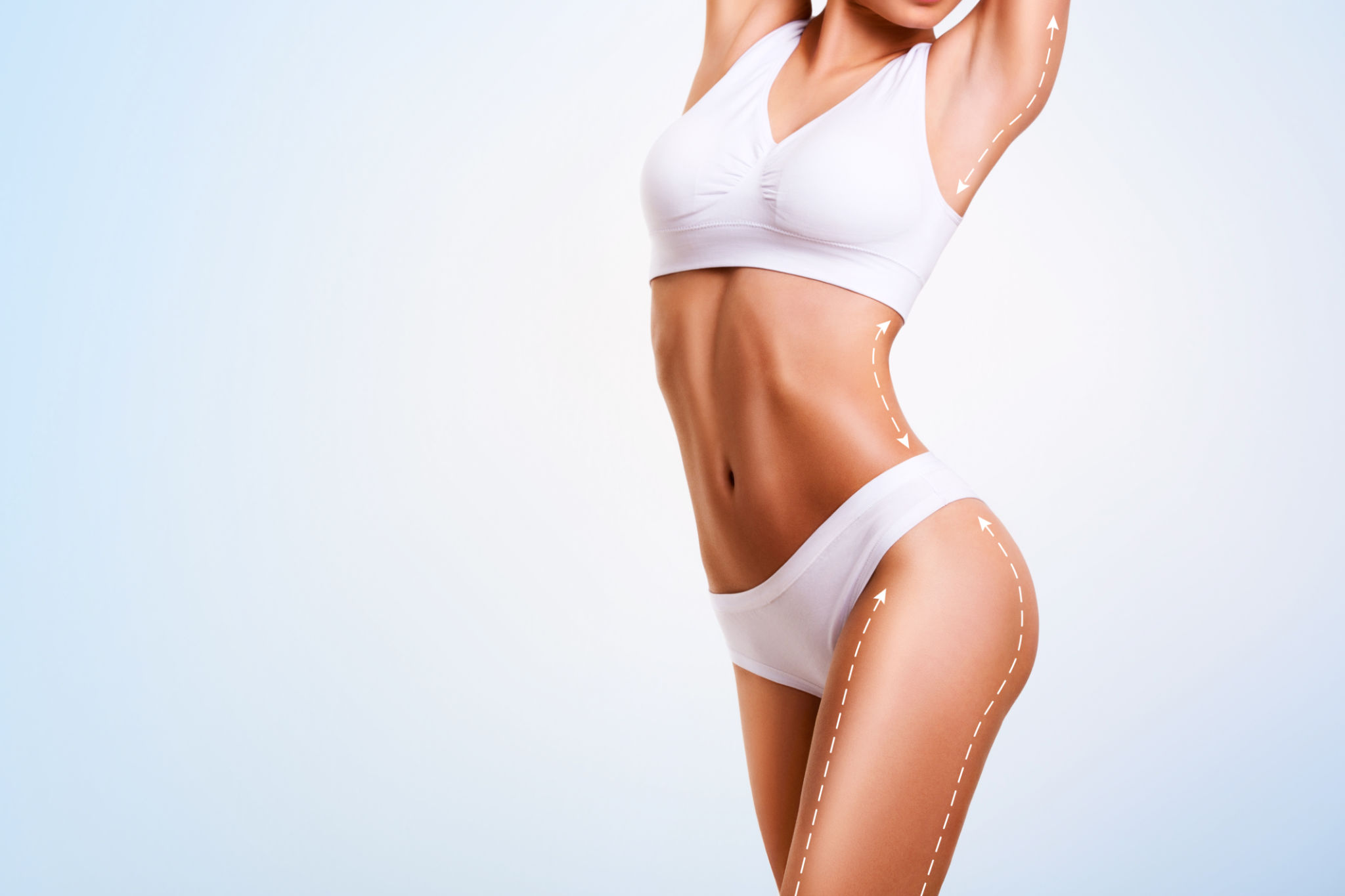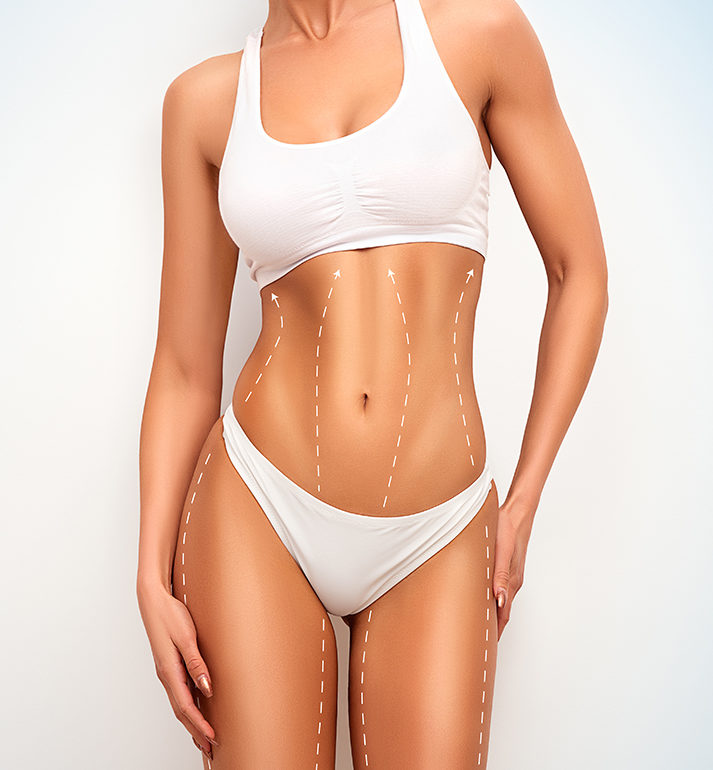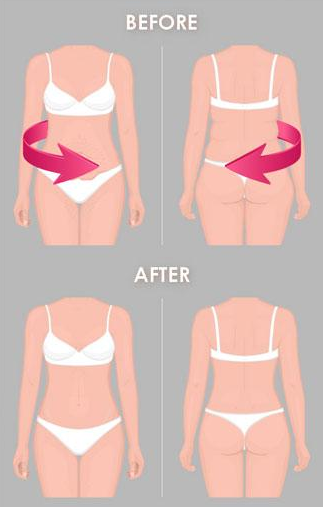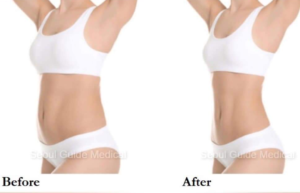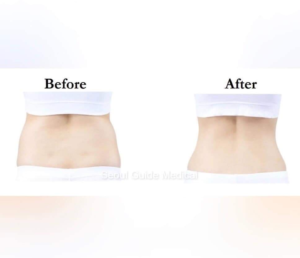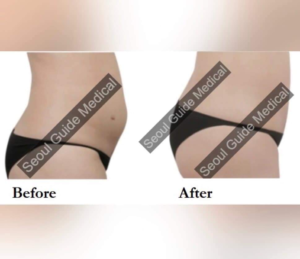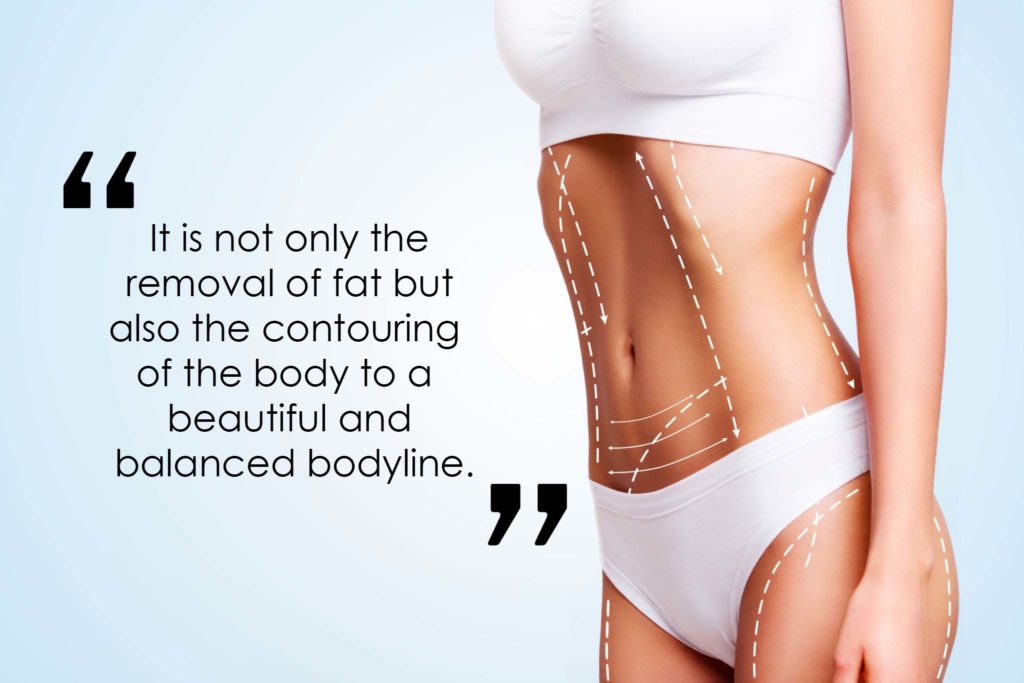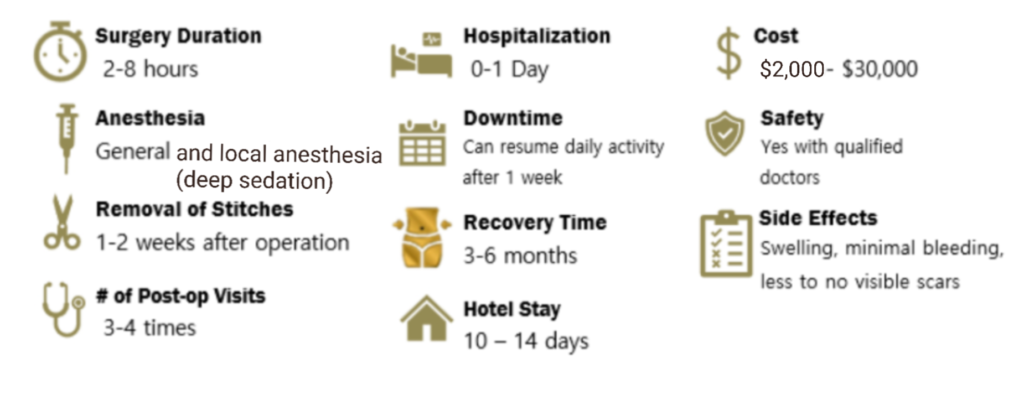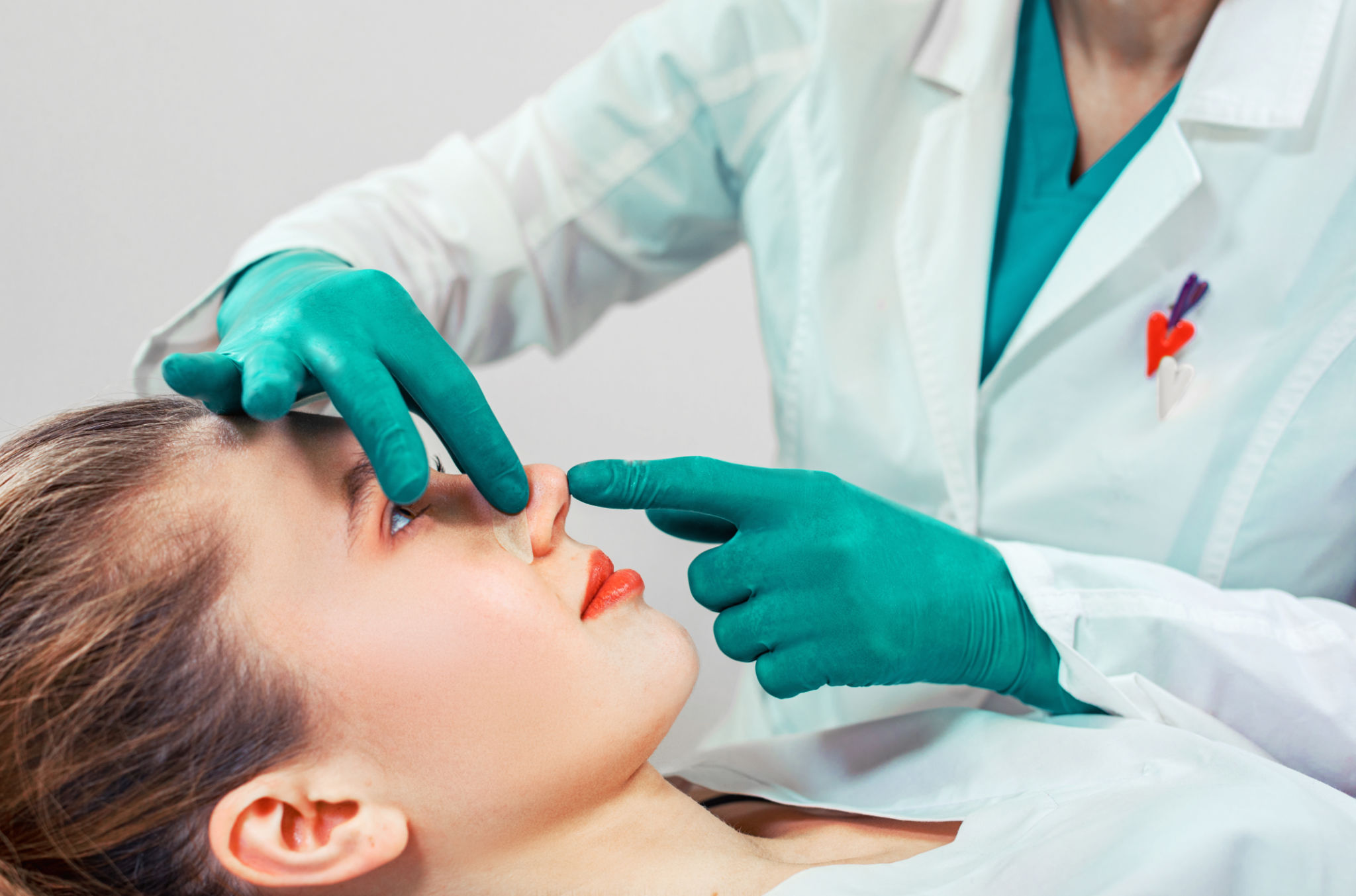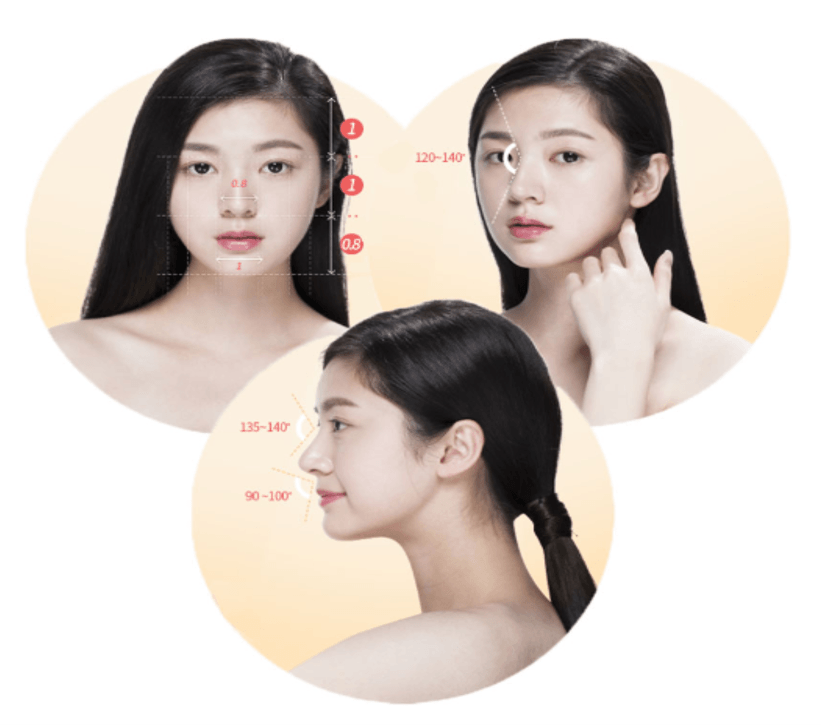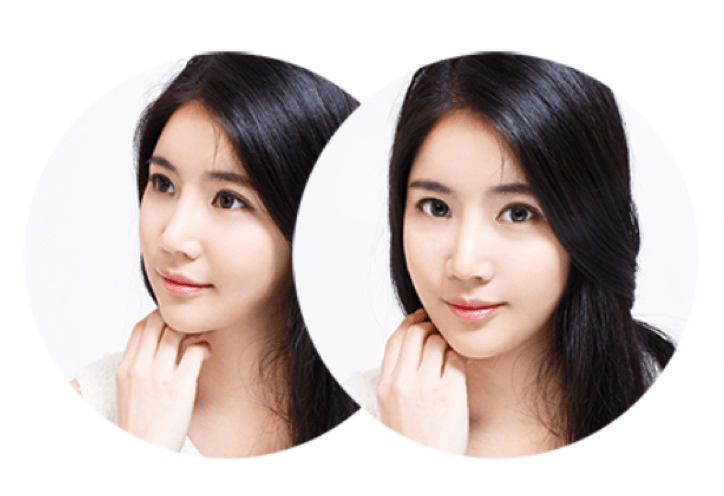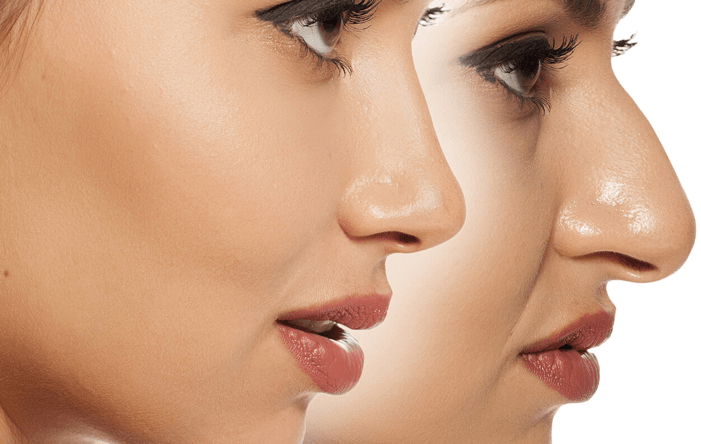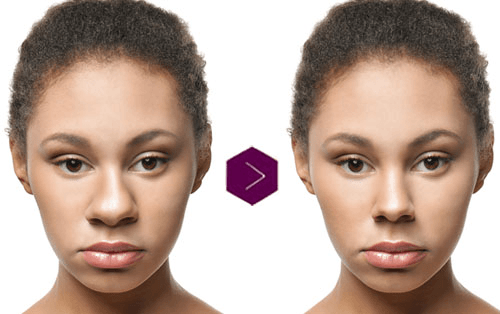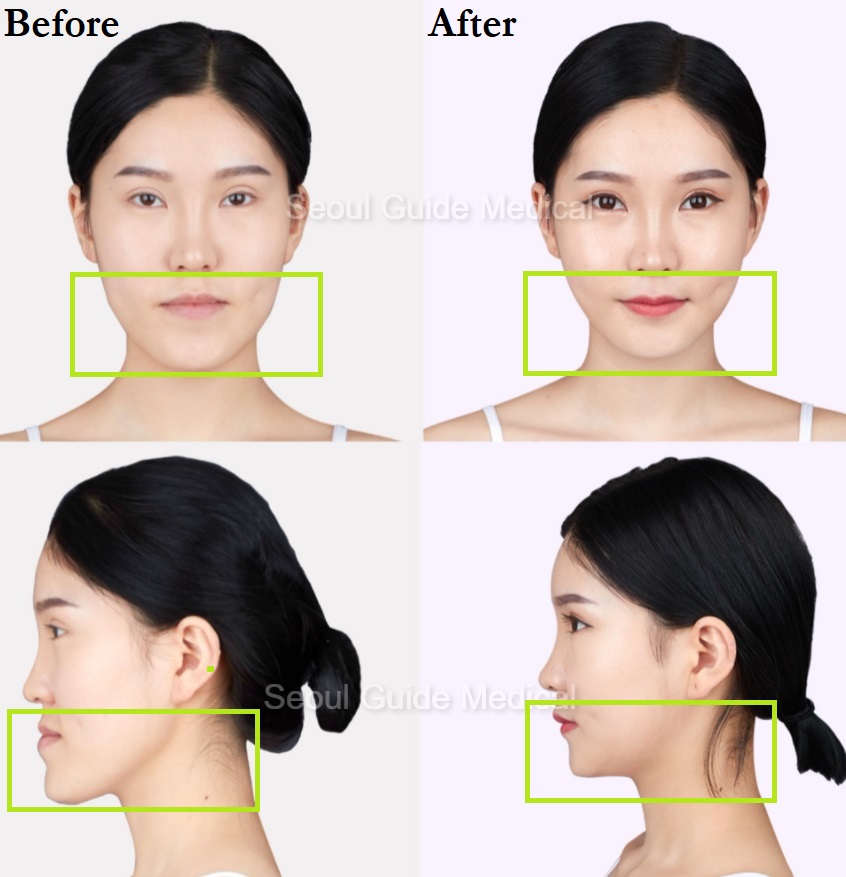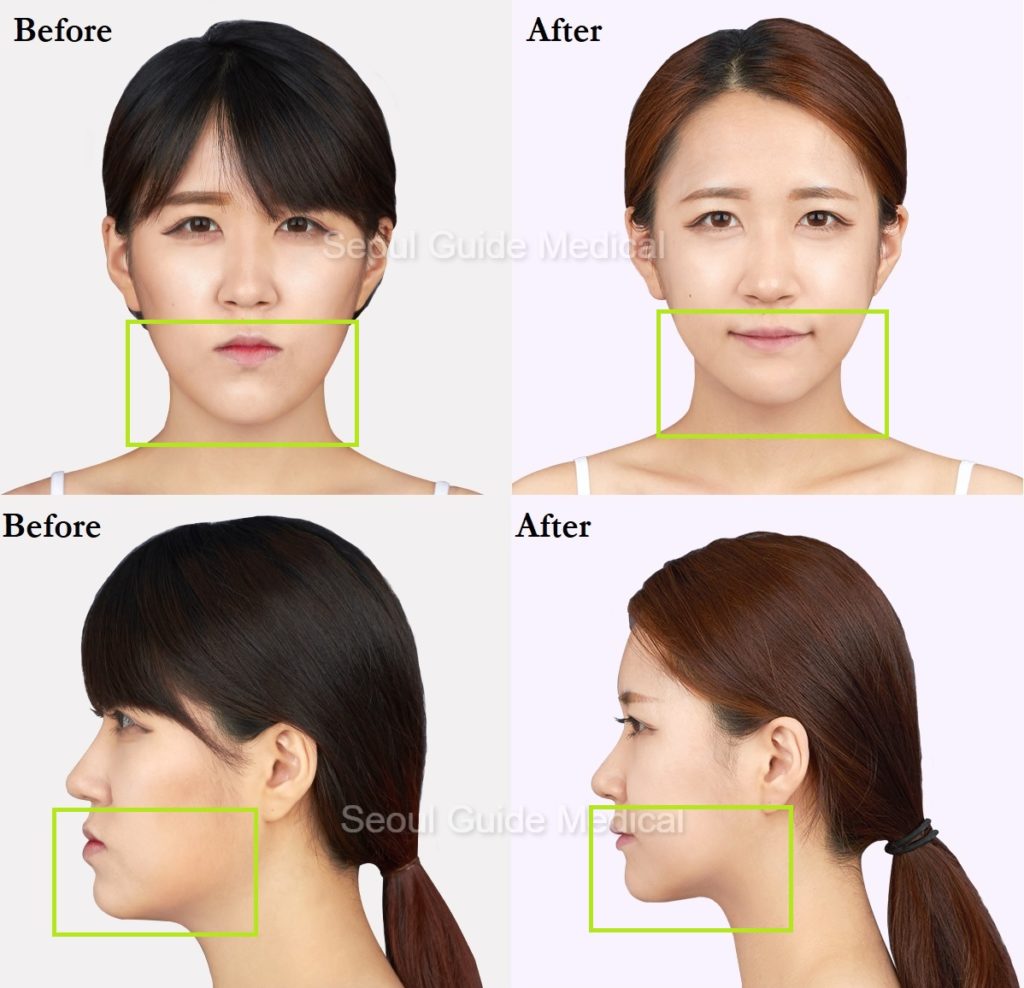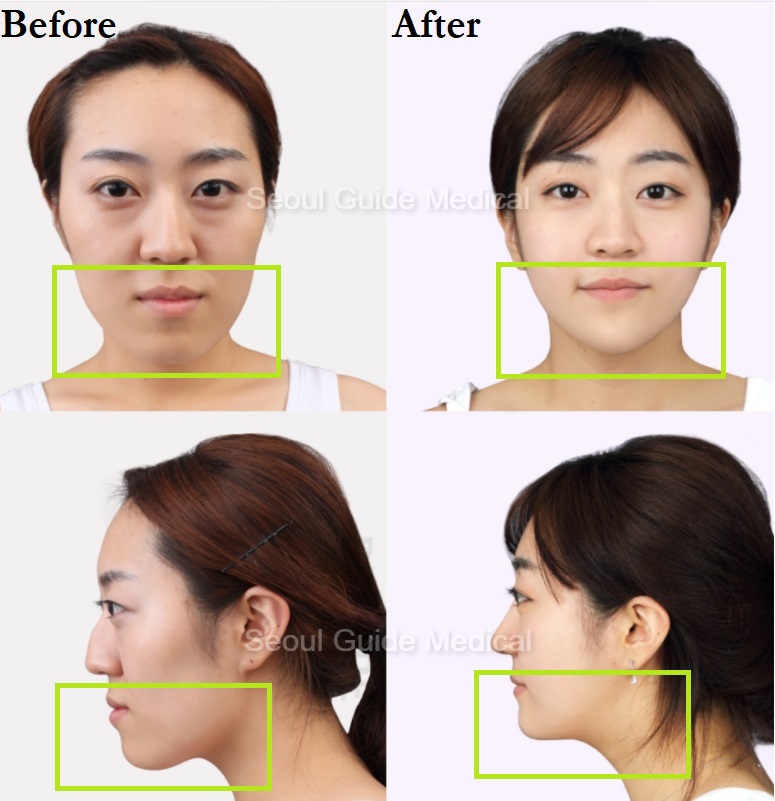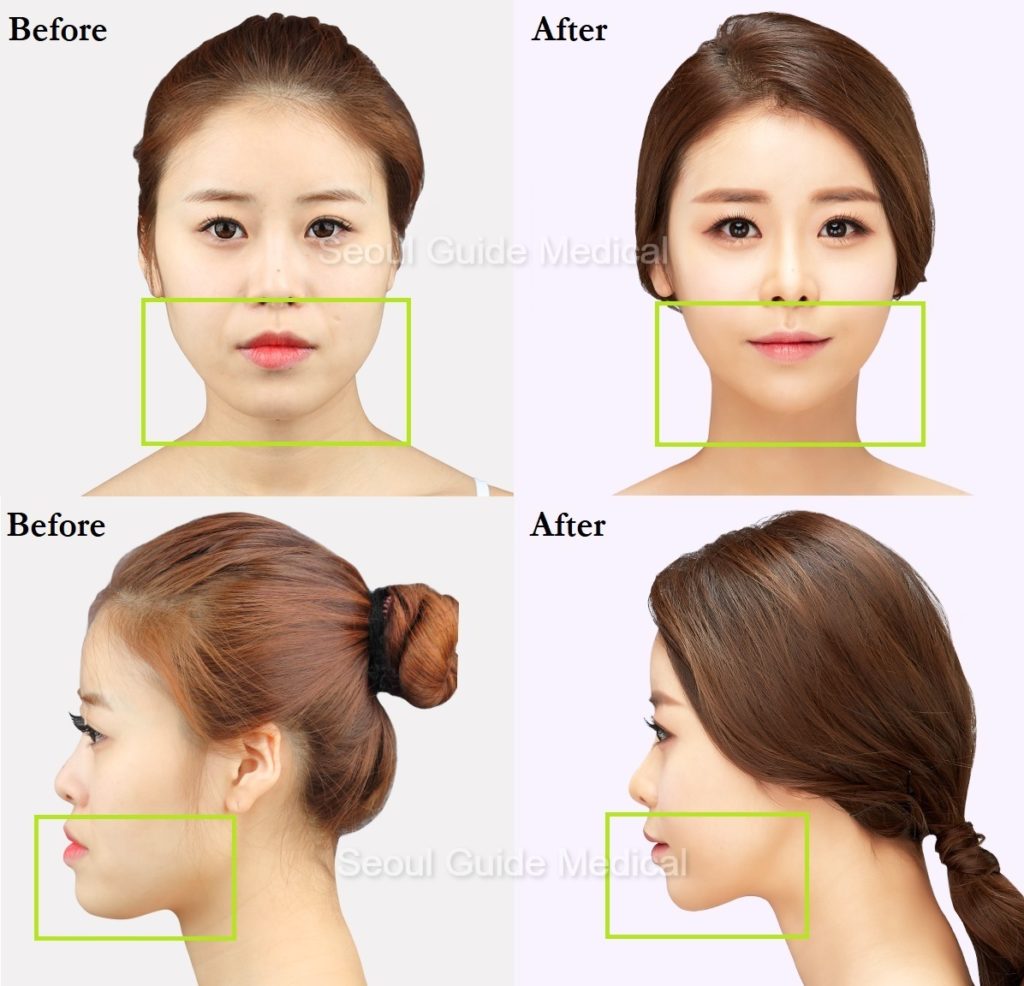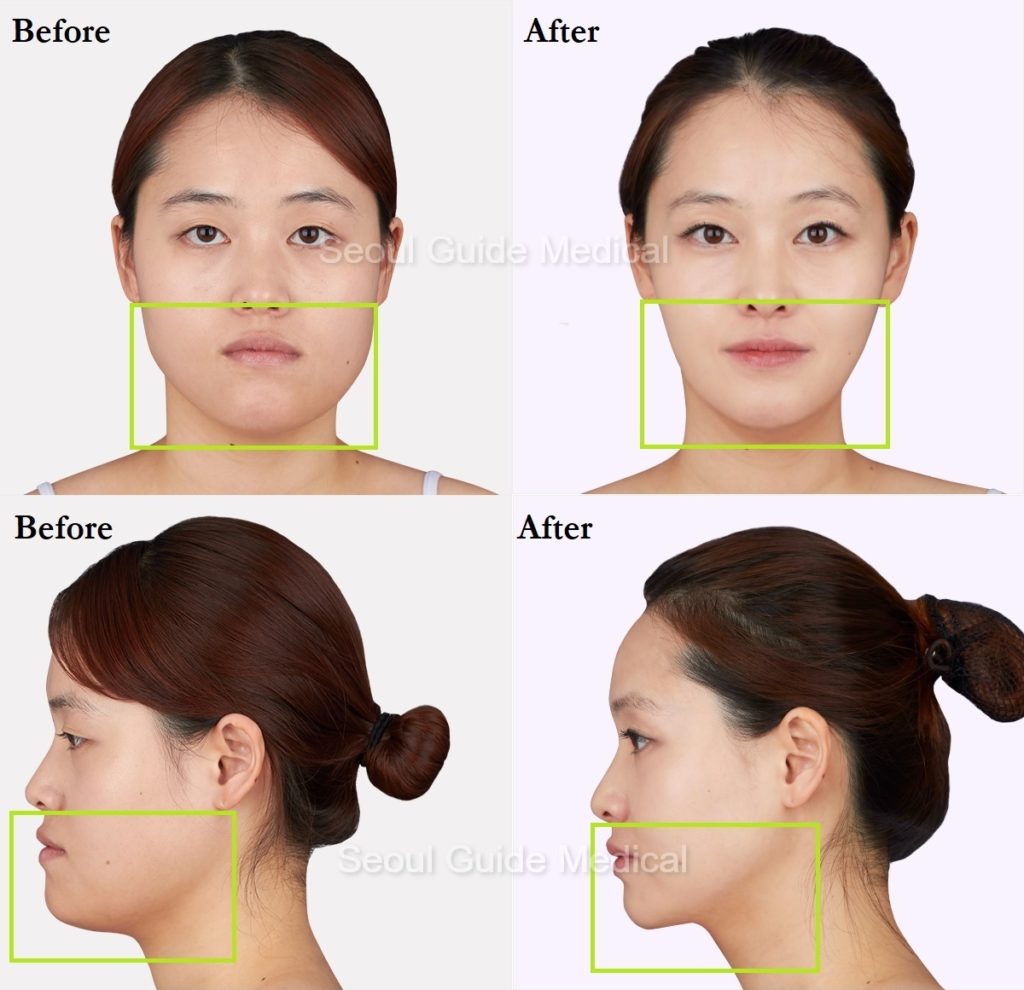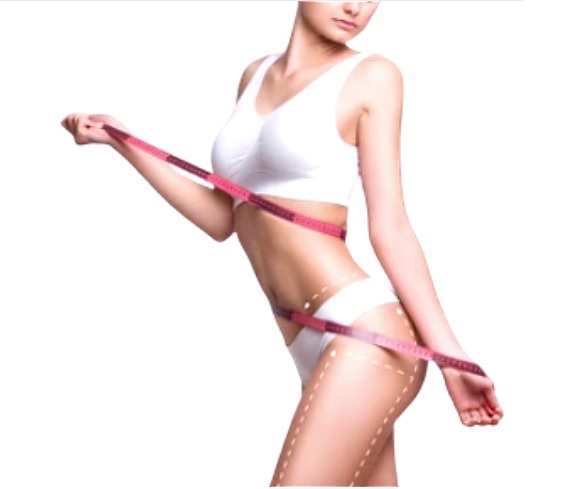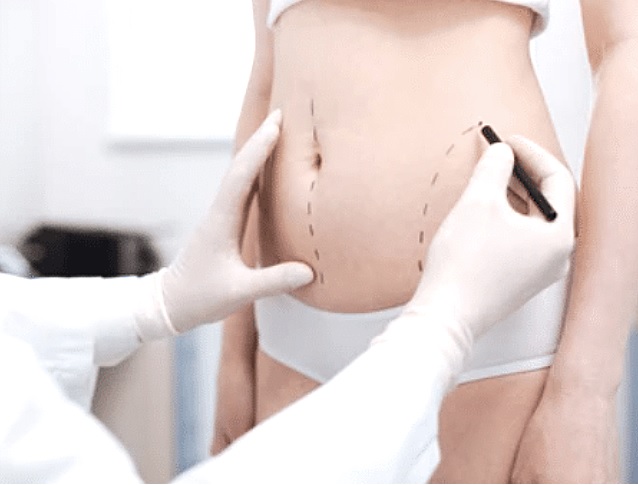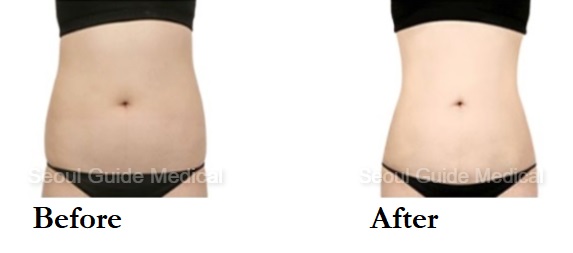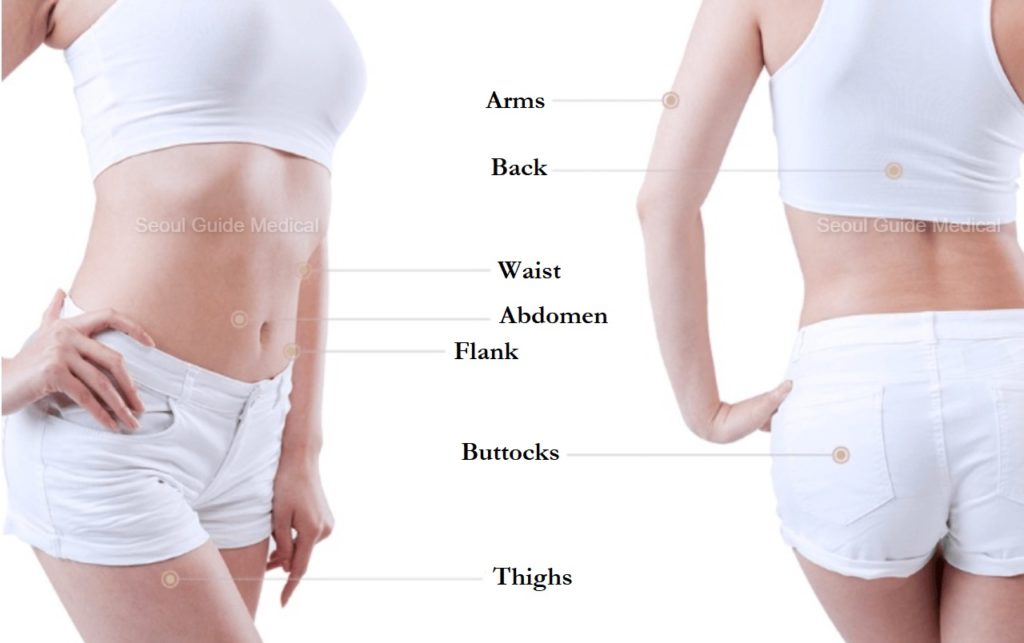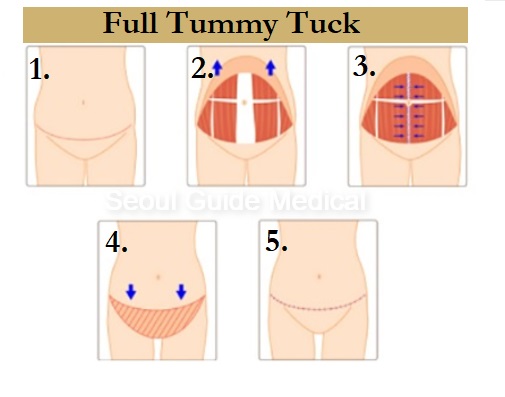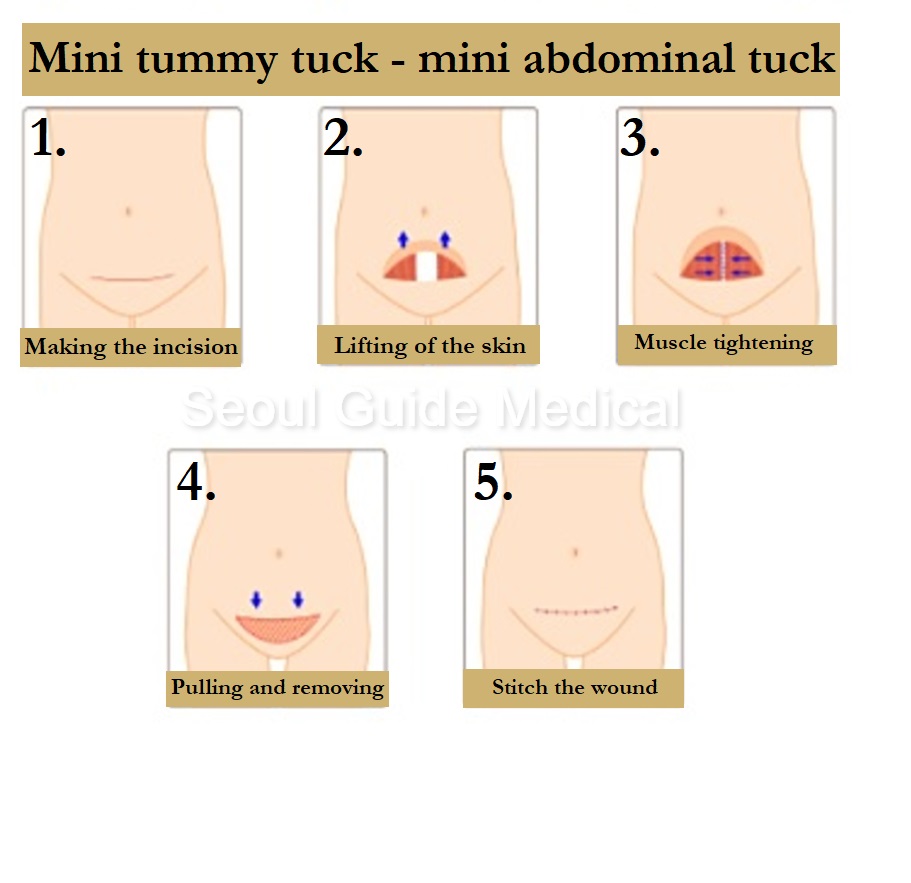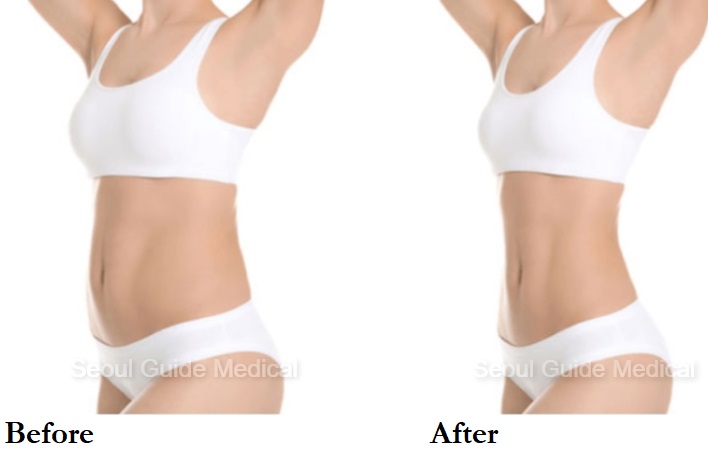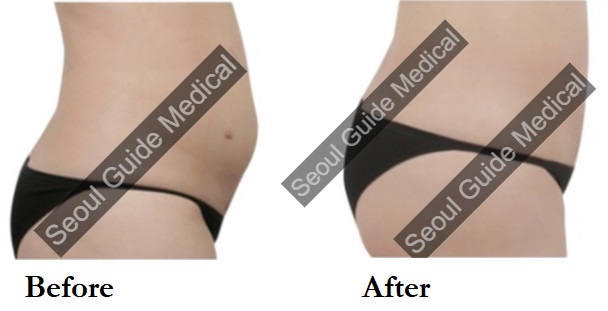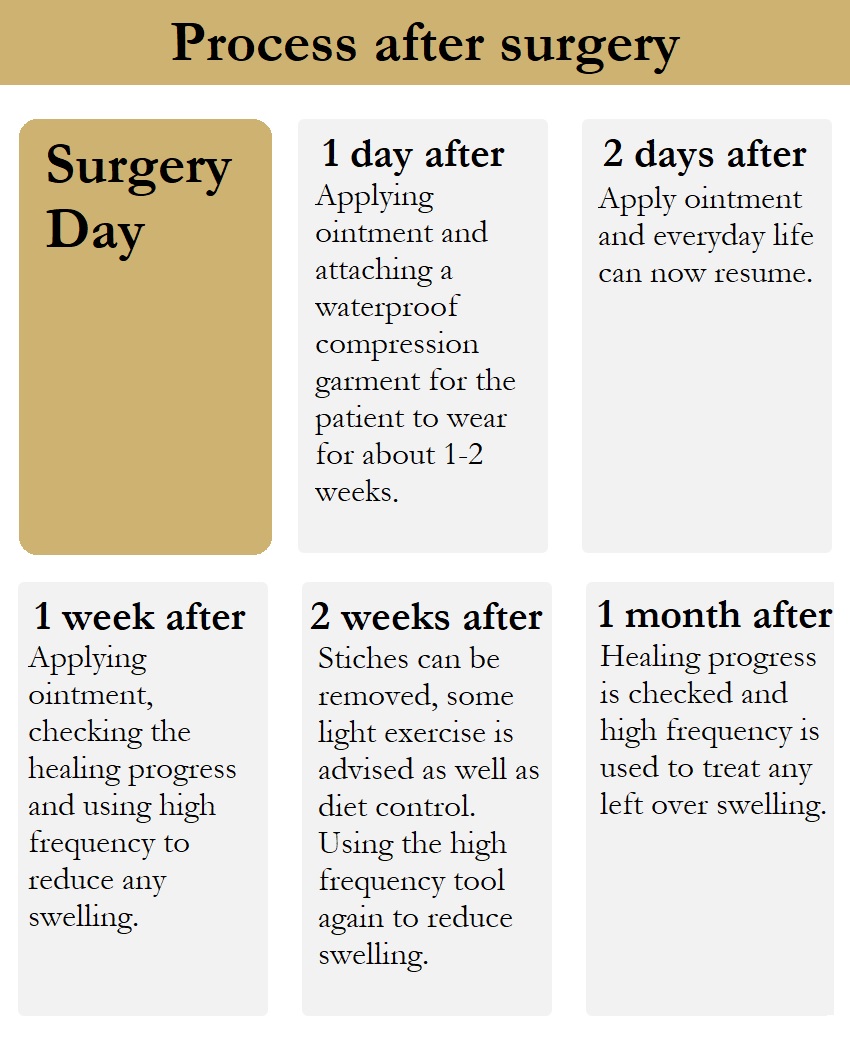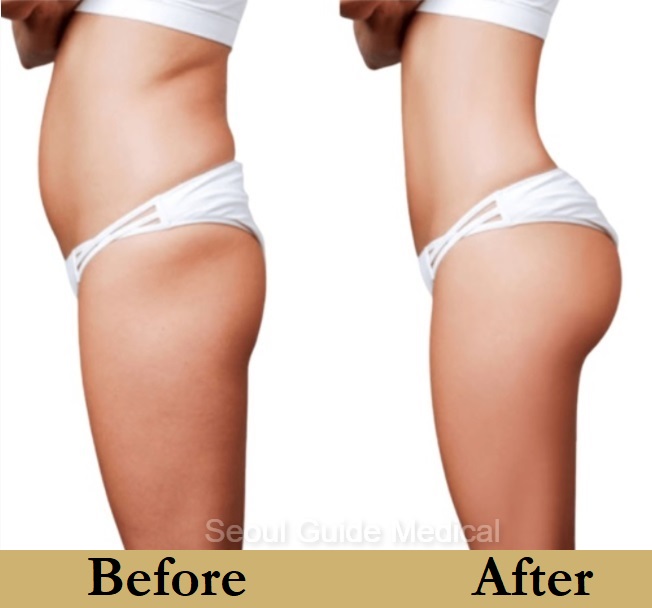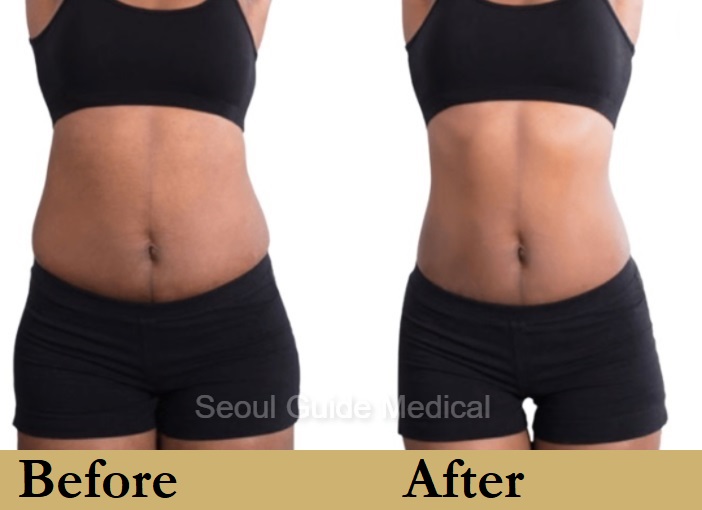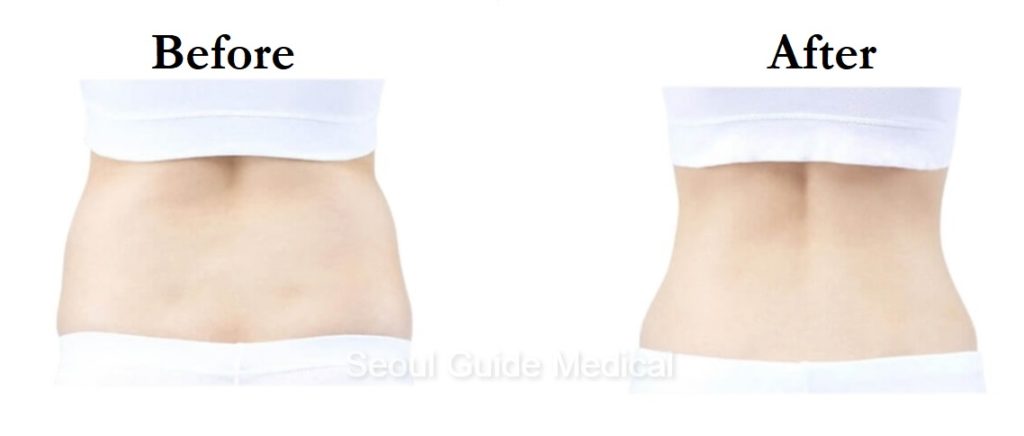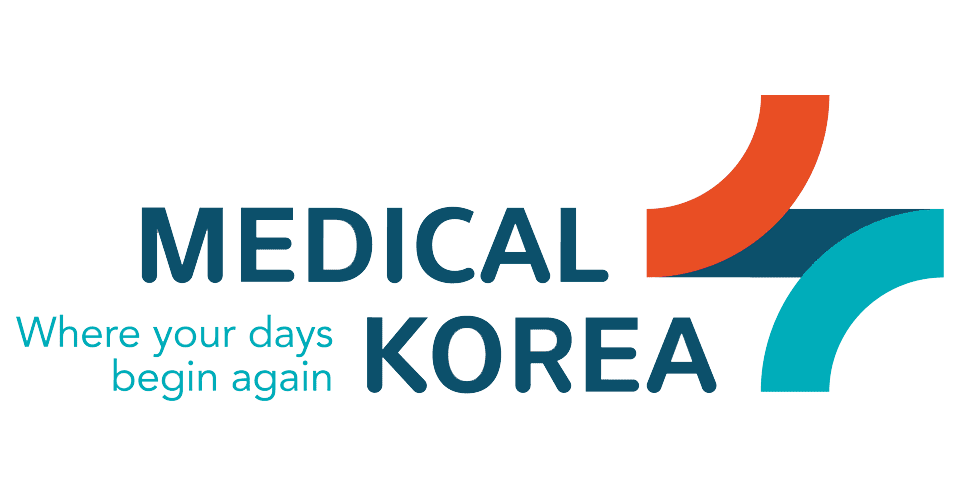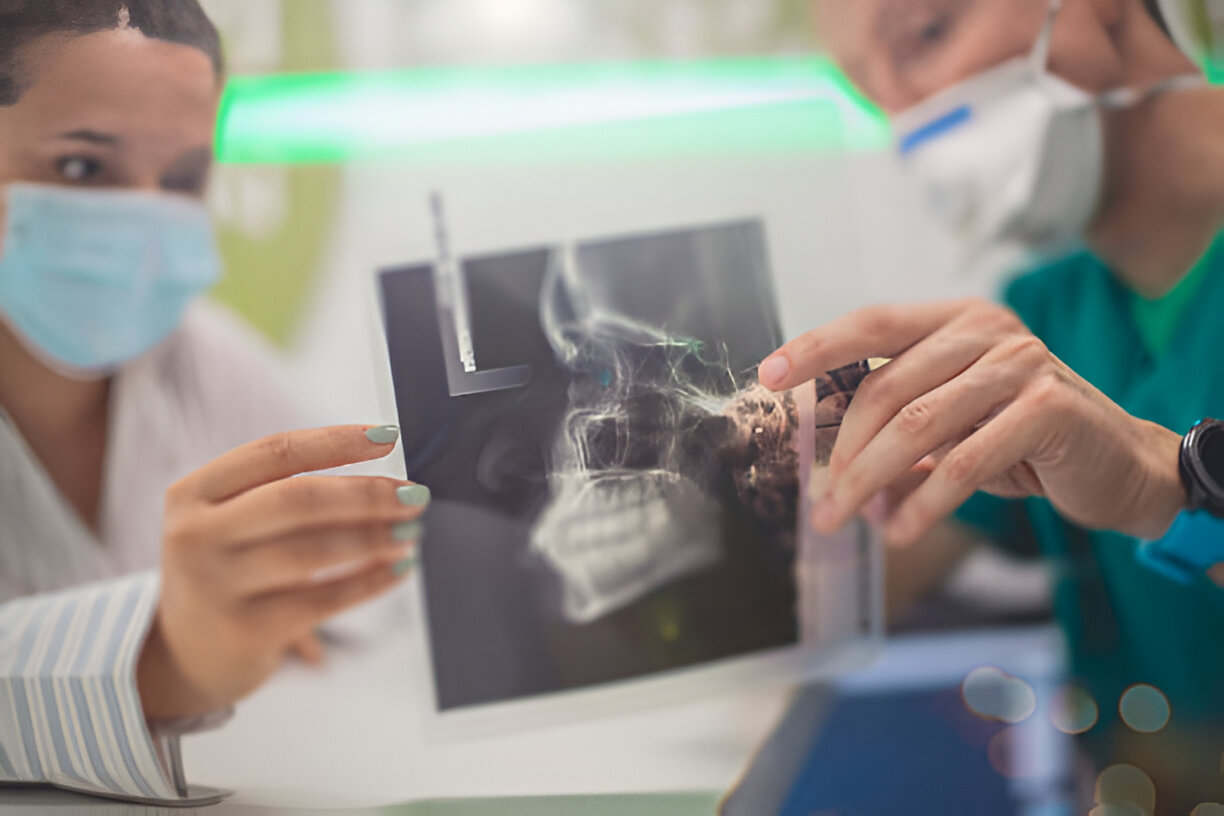

[Opening Shot]
[Visuals: Smiling patients, surgeons preparing, serene clinic environment]
Host (smiling): Welcome back to our channel! Are you fed up with concealing your smile due to feelings of self-doubt? Do you struggle with chewing, speaking, or breathing because of an uneven jaw? It’s time to liberate yourself from these challenges and explore the life-changing benefits of two-jaw surgery, often referred to as orthognathic surgery here in Korea.
Today, we will share with you a personal journey that completely transformed the life of the patients because of two jaw surgeries, starting from getting ready to the recovery phase. So, grab a seat and let’s dive into this incredible journey together. Whether you’re thinking about undergoing this surgery or simply interested in knowing more about it, keep watching to discover what to anticipate at each stage.
[Segment 1: Explain Surgery]
Host: Two jaw surgery, often referred to as Bi-maxillary Osteotomy, is a specialized form of orthognathic or corrective jaw surgery. Typically, oral surgeons operate on one jaw at a time, but two jaw surgery involve treating both jaws at the same time. This procedure aims to fix both aesthetic and functional skeletal problems. One of the frequent issues that two jaw surgery tackles is a protruding jaw, which leads to an irregular bite known as malocclusion.
[Segment 2: During Surgery]
Host: Now, let us know how oral surgeons perform two-jaw surgery.
Oral surgeons carry out two jaw surgery in a hospital under general anesthesia, with the procedure typically lasting between three to four hours, and occasionally even longer. For the lower jaw surgery, they may utilize one of two techniques, while usually employing a single method for the upper jaw. One option for the lower jaw is the Sagittal Split Osteotomy, which involves making a diagonal cut at the back of the jaw, dividing it into two segments on both sides. This allows the surgeon to reposition a protruding lower jaw backward or a recessed lower jaw forward to achieve a better bite. After the adjustments, the lower jaw is secured using titanium screws and sometimes plates. This technique is favored because it provides a stable fixation of the segments, allowing patients to avoid having their jaws wired shut for an extended period.
The second technique for the lower jaw is known as Intraoral Vertical Ramus Osteotomy. In this approach, the surgeon performs vertical incisions at the rear of the lower jaw, enabling it to be reshaped and shifted backward. One of the advantages of this technique is that it eliminates the need for wires or pins, meaning patients won’t have to endure weeks with their teeth wired shut during recovery. This significantly lowers the risk of experiencing jaw joint pain or other issues. However, it’s important to note that this procedure demands a highly skilled oral surgeon, as there is very little room for error.
Upper jaw surgery, known as a Lefort Osteotomy, involves making an incision across the upper jawbone, just above the tooth roots, to detach the upper jaw from the skull. After this, the upper jaw is carefully repositioned into its correct alignment and held in place using titanium plates and screws.
[Segment 3: Benefits of the Surgery]
Host: Following the surgery, the journey to recovery commences. Discover what to anticipate right after the operation.
A major advantage of two jaw surgery, often referred to as orthognathic surgery, is the enhancement of facial appearance it offers. This surgical procedure focuses on fixing jaw misalignments to promote better facial symmetry and balance. By addressing these misalignments, two jaw surgery can greatly enhance the symmetry of the face, leading to a more balanced and harmonious look. It works to create a more proportional alignment between the upper and lower jaws, ultimately resulting in a more attractive facial aesthetic.
Two jaw surgery can significantly alter a person’s facial features in terms of aesthetics. It not only makes speaking and swallowing easier, but it also makes the face more aesthetically pleasing by enhancing harmony and balance in general. This surgical treatment provides complete correction for both overbite and underbite. A person’s confidence in their look increases with enhanced facial attractiveness. After undergoing Two jaw surgery, many patients say they feel more at ease smiling and interacting with others. The improved self-esteem that results from improved face symmetry can have a significant impact on life satisfaction.
Furthermore, one of the main advantages of two jaw surgery, commonly referred to as orthognathic surgery, is enhanced dental functionality. Your ability to bite will be significantly enhanced by this revolutionary process, enabling you to chew and talk more confidently.
Your jaws’ alignment issues can be fixed with two jaw surgery, improving the functionality of your teeth. This implies that you won’t have to put up with the pain or trouble brought on by an incorrect bite. Rather, you’ll notice that your upper and lower teeth are aligned more harmoniously.
Two jaw surgery can not only improve bite function but also greatly facilitate speaking and chewing. Through the correction of any underlying problems, like an underbite or overbite, this operation improves your mouth’s general performance.
[Segment 4: Recovery Process]
Host: The recovery timeline is very short. You’ll probably stay in the hospital for one to three nights following two-jaw surgery. How long it takes will depend on how far you get. For around 48 hours, your face will be puffy. It’s possible that you can have water immediately. The next day, you might be able to have liquid meals. Before letting you return home, your surgeon will take X-rays and evaluate your jaws. Someone will need to drive you home after you are released from the hospital. You should plan to take a three to eight-week break from work or school.
[Segment 6: Patient Experiences]
Note: Patients may have their personal experiences with the treatment and share their testimonies.
[Segment 7: Final Thoughts and Tips]
Host: The ability of two-jaw surgery in Korea is to enhance general oral health and quality of life is one of its main tw. This operation not only improves biting function and facial symmetry, but it also corrects underlying structural disorders and realigns the jaw bones to avoid future dental difficulties including irregular tooth wear. A straighter smile and appropriate dental alignment are further made possible by the cooperation with orthodontic treatment. Beyond just making physical changes, having two-jaw surgery can have a significant impact on a person’s general wellbeing and sense of self. A higher quality of life and greater self-esteem are associated with improved face aesthetics. Along with improving one’s appearance, this transformative operation also results in functional changes that support long-term stability.
[Cut to: Call to Action]
Host: We appreciate your participation in this amazing two-jaw surgery journey. Please remember to like, share, and subscribe for more empowering information if you found this video to be educational and motivating. Until we speak again, be careful and continue to be amazing! It is vital to remember that you should always seek the advice of a qualified physician who specializes in orthognathic treatments such as this one before undergoing any surgical operation, including two-jaw surgery. Throughout your path towards improved oral health, a top-notch surgeon will be able to properly examine your unique needs and provide tailored care.
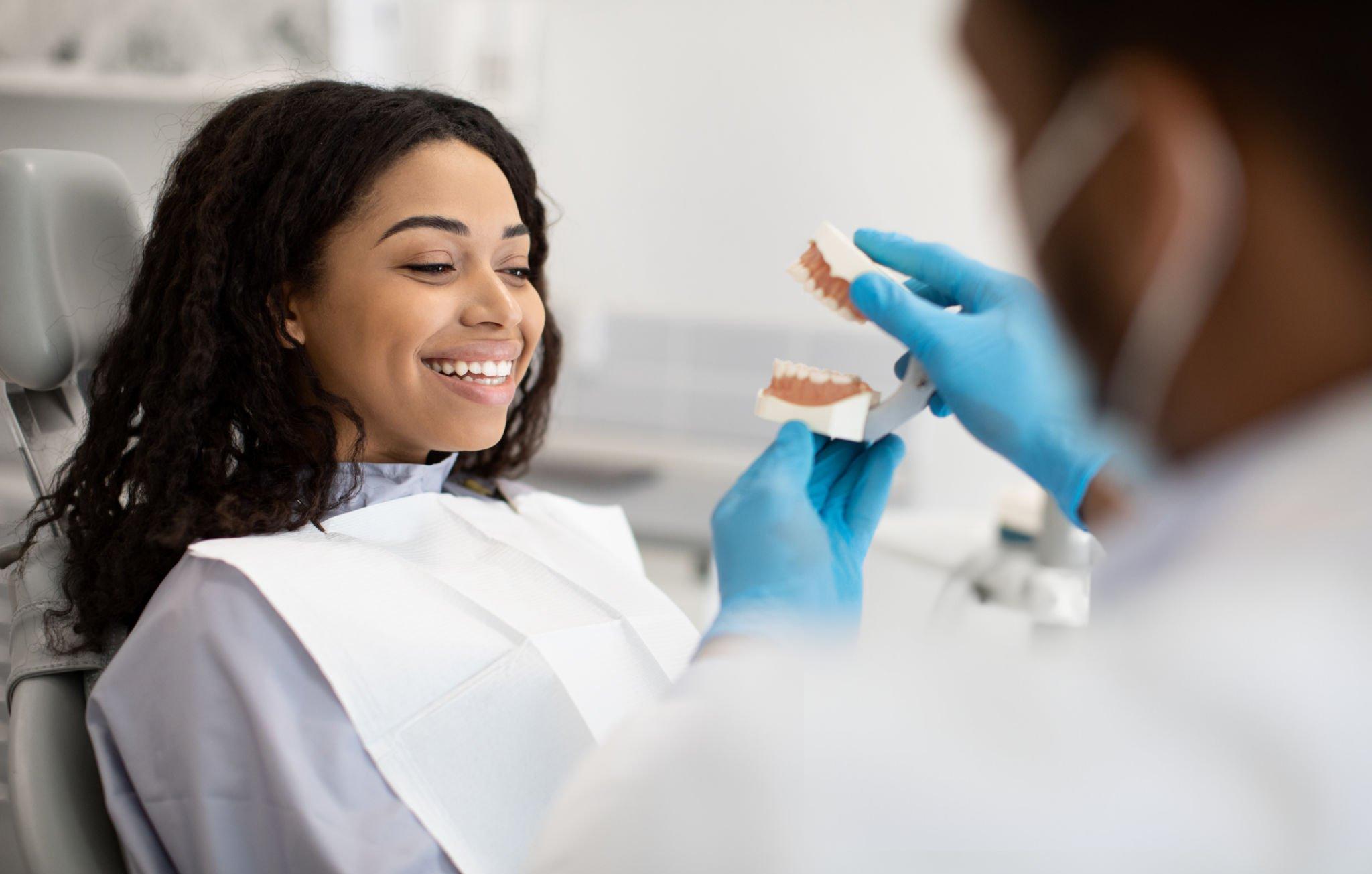
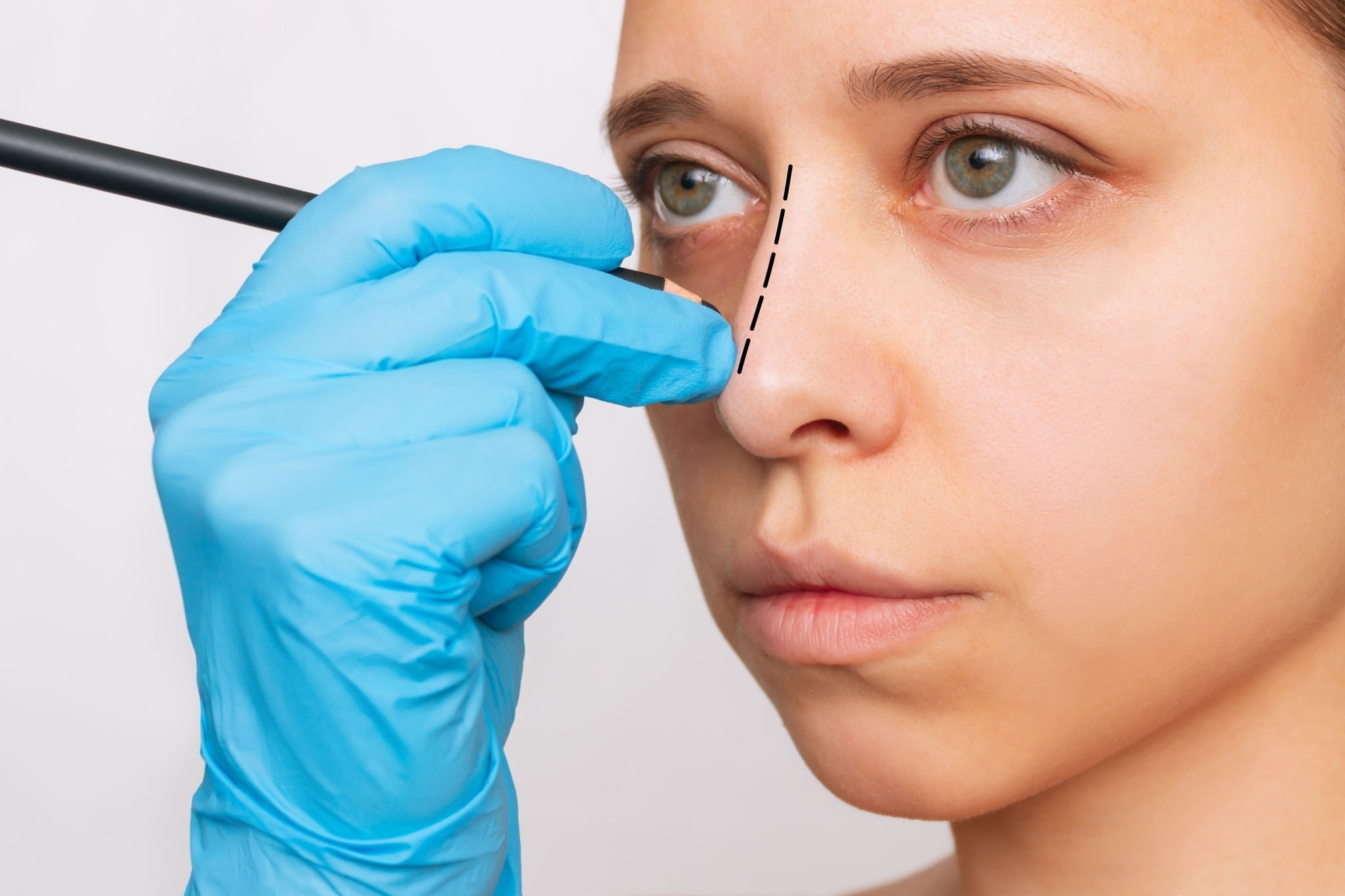










 As leaders in medical plastic surgery tourism in Korea,
As leaders in medical plastic surgery tourism in Korea, 
